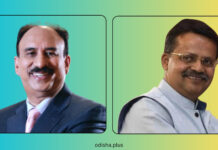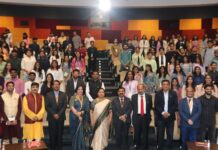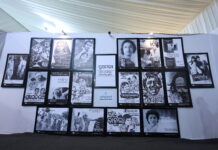Dr Khusi Pattanayak
With the Hon’ble Supreme Court of India hearing final arguments over granting legal recognition to same-sex marriage and Badhaai Do (2022) winning big at the Filmfare Awards 2023, let’s take a peek into the portrayal of LGBTQIA+ community in Hindi movies.
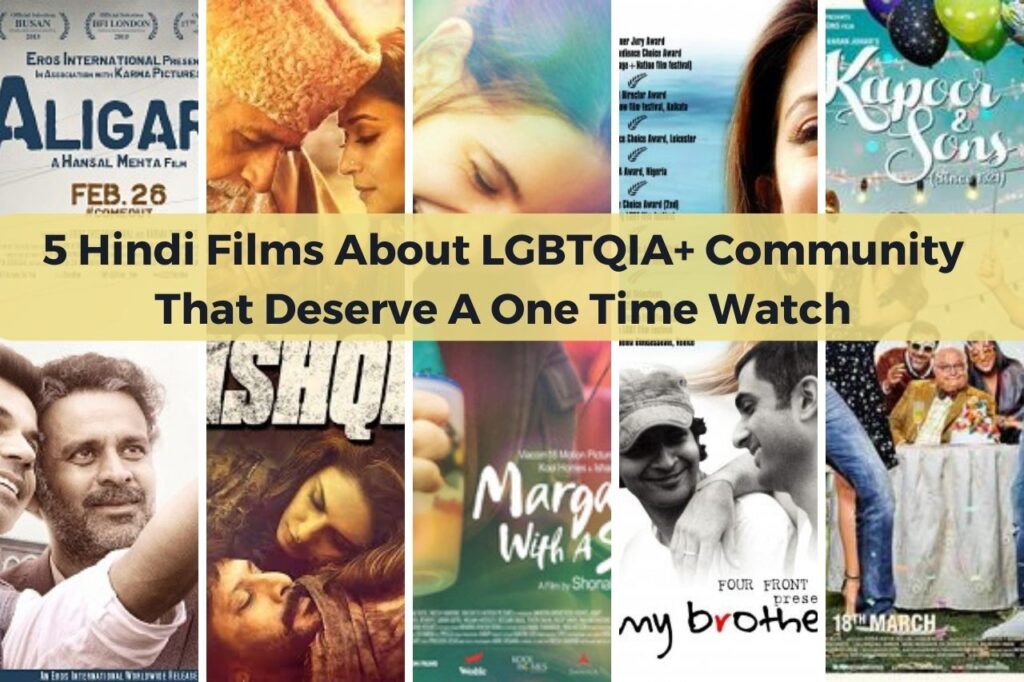
Movies with queer characters are rare and films that present nuanced complexities of living a LGBTQIA+ life is even rarer. This is because of three primary reasons
- hesitation of major production companies to invest in such socially relevant movies
- lack of movie-makers who have actual insights into the lives of the LGBTQIA+ communities
- dearth of filmmakers from the community to tell their stories in their own voice (this is partly due to social acceptance issue)
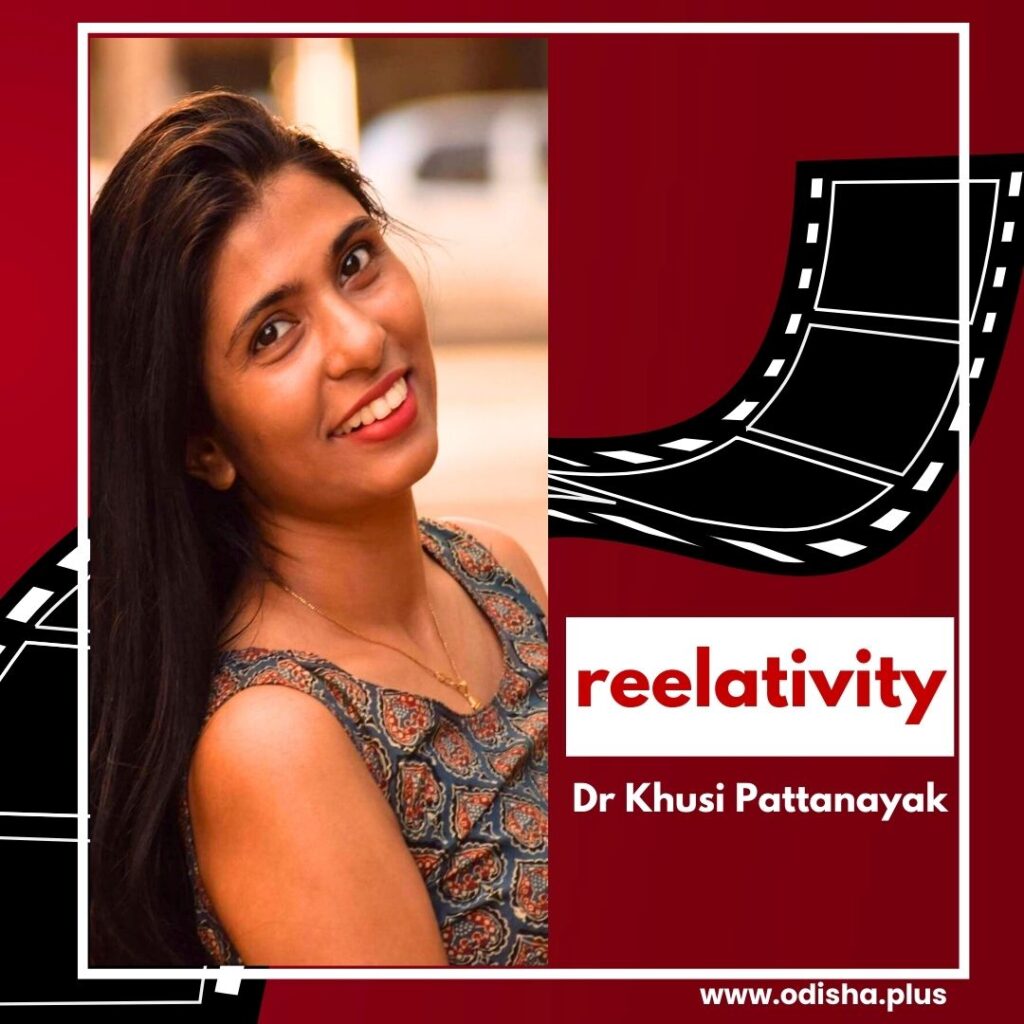
While representation matters, it is also equally important to have authentic representation, not a stereotyped projection of imagined lives! After all, a movie cannot excel without offering catharsis to its audience. And in last couple of years, despite all challenges, a small number of good movies have been released. So here is a list of 5 Hindi movies (in no specific order) that deserves to be watched at least once for its subtle and seminal portrayal of LGBTQIA+ community on screen.
Aligarh: This 2016 movie directed by Hansal Mehta was based on actual events. A professor from Aligarh Muslim University was suspended from his professional duties because of his homo-sexual orientation which challenged the existing moral codes of behaviour. Manoj Bajpayee in the role of the outcast professor delivers a formidable performance and Rajkummar Rao as always is extremely impressive.
Aligarh is brilliantly crafted that underlines the discrimination faced by and the legal support available for the LGBTQ community in India. Despite winning the legal battle, the professor never manages to return to work as he is found dead under mysterious circumstances.
Aligarh brings forth pertinent questions about personal space, individual freedom, and the rights of marginalized communities residing in India. It is one of those rare cinemas which raise awareness and makes for a strong case to bring about social change.
Dedh Ishqiya: A sequel to the successful Ishqiya (2010), Dedh Ishqiya (2014) has a lesbian couple -Begum Para (Madhuri Dixit) & Muniya (Huma Qureshi)- at the helm of things where one of the partners (Muniya) is also a bisexual.
This dark comedy about con-artists is strongly feminist (without yelling from rooftop). Begum Para, a widow, organises a contest to find herself a suitable new husband and acknowledges her love for her companion-help without much hesitation. But what makes Dedh Ishqiya’s LGBTIQ journey extremely satisfying is its ability to stay comfortable in its own skin- no sloppy drama, no guilt, no burdens from the past, nothing. Just two independent adults of same sex being happily together. Indeed, a great moment in commercial cinema!
Margarita With A Straw: There are very few movies that celebrate resilience of the human spirit the way Margarita With A Straw (2014) does. The film simultaneously forays into two rarely explored territories – disability and bisexuality.
The film’s protagonist is Laila (Kalkin Koechlin in one of her finest outings that brought her a National Film Award), a teenager with cerebral palsy. The film documents her journey through her relationships, aspirations, sexual orientation, and social stigma she faces due to her marginal position in society. Director Shonali Bose aptly handles the turmoil and complex emotions of her protagonist with great sensitivity and nuance, making Laila a three-dimensional character rather than a mere token of representation.
My Brother Nikhil: Onir’s directorial debut My Brother Nikhil (2005) is considered to be one of the earliest mainstream Hindi movies to deal with two tabooed subjects– HIV/AIDS and gay relationship. Just like Aligarh, this is also inspired from the real-life events of a sportsman who was diagnosed with HIV.
Being gay himself, Onir’s control over his material is commendable, so is his ability to present us a time (in the 80s) when people living with HIV/AIDS were discriminated against and were subject to social exclusion and barely had access to healthcare facilities. The protagonist, Nikhil, is ostracized by his family and society because he has a male partner and is detected with ‘gay disease’ (HIV/AIDS).
My Brother Nikhil challenges the stereotypes and prejudices surrounding homosexual relationships and portrays the struggles of the early LGBTQ+ community in India who are left struggling to get accepted by the family and almost never had any form of social support. The film starring Sanjay Suri, Juhi Chawla & Purab Kohli in the lead serves as a reminder that love and compassion plays a significant role in bringing equality and ending stigma.
Kapoors & Sons: Though homosexuality is not central to Shakun Batra’s superhit Kapoor & Sons (2016), it is one of the major plot points. As a mainstream movie, produced by one of the biggest production houses (Dharma Productions) and distributed by an international studio (Fox Star Studios), it was an extremely risky decision to present one of the protagonists as gay. Usually commercial cinema uses same-sex couple as a poor excuse to provide comic relief through some innuendo laced entertainment; while serious cinema uses them as a vehicle for activism and social change. In that sense Rahul (Fawad Khan) in this commercial script is an exception.
Rahul is not a mascot of equal rights or inclusivity nor does he confirm to the popular LGBT stereotypes and has zero troubles functioning within a predominantly heterosexual world. Rahul displays all the standard NRI elder son behaviour whose personal and professional life is not crippled or ruined by his sexual orientation. Credits to the writers for keeping Rahul’s coming out of closet as subtle as possible (unlike the usual loud exaggerated affair); just a minor ripple, nothing that a bit of time cannot heal.
This is by no means an exhaustive list as there are other equally significant movies which deserve attention and discussion because of the nuanced approach they adopted to convey the complexities; but let’s reserve that for another day.
(The author is an internationally published writer & corporate communication specialist. Views are personal)





